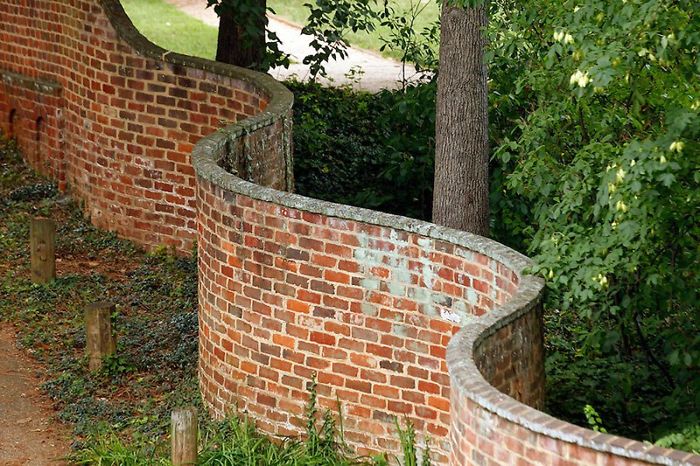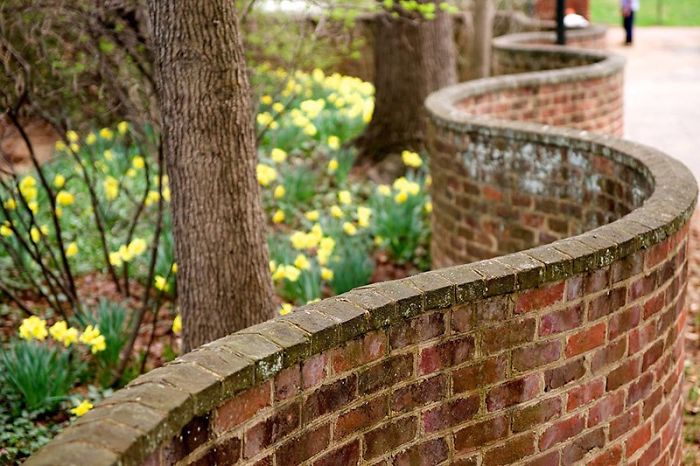
15 Examples Of British “Crinkle Crankle” Walls That Take Fewer Bricks To Build Than Straight Ones
What comes to your mind when you think about the United Kingdom? The Queen? Tea? Driving on the other side of the road? How about wiggly walls? “Wiggly what?”, you may ask – well, allow us to elaborate.
Wiggly walls, also known as “crinkle crankle” walls, is a type of garden wall that is build in a unique snake-like shape. They are quite popular in the UK and often leave visitors wondering why on earth were the walls built in such a distinctive shape. Well, apart from looking rather funky, there’s actually a rather simple explanation – it takes less bricks to make a wavy wall instead of a straight one. If you’re wondering why, that’s because a “crinkle crankle” wall can be built one brick wide without toppling over like a straight wall would.
Turns out there’s a unique style of stone walls in the UK called “crinkle crankle”


Image credits: praxis_builders
They can be built one brick wide, therefore requiring less bricks when compared to a straight wall

Image credits: wikipedia
Not only do they look cool, they’re also perfect for growing fruit in the alcoves

Image credits: wikipedia
In a recent interview with Bored Panda, Suffolk resident Ed Broom who has compiled a whole list of wavy walls on his blog, said he was trying to find something “uniquely Suffolk” for a local writing competition a few years back when he stumbled upon the “crinkle crankle” walls. “Various web pages told me that Suffolk, where I live, had over 50 examples but the original list (started in the 1960s by local historian Norman Scarfe) had disappeared,” explained the man. “So I’ve been trying to make my own list since that time. Every time I think I’ve finished, having visited over 100 so far, another one pops up.”

Image credits: wikipedia

Image credits: wikipedia

Image credits: wikipedia
Turns out that the distinctive wavy walls are still being built in the UK from time to time. “From individual projects (like one at Ashbocking, built in 1999) to those peppering new estates (like those in a new development at Lavenham by architects Wincer Kievenaar) where they’re added as a nod to the local Suffolk style,” said Ed.

Image credits: wikipedia

Image credits: wikipedia

Image credits: wikipedia
Ed mentioned that the old crinkle crankle walls require maintenance and repair, and since repairing one can end up costing a lot, some of the walls don’t survive. He also added that the wavy walls not only use less bricks, they are also used as “hot walls” that are perfect for growing fruit in the concave alcoves.

Image credits: Amanda Slater

Image credits: chewknew

Image credits: the_country_boy_uk
These types of wavy fences were mostly used to grow fruit back in 18th century England. Most of the time they were built East to West so that one side would always be facing South and catching sun rays.

Image credits: campbellandcoarchitects

Image credits: f8tog

Image credits: amlingandcompany
Many of the “crinkle crankle” walls are found in the East Anglia region where Dutch engineers drained the marshes back in the 17th century. The wavy design is said to have been created by the same Dutch engineers who used to call them “slangenmuur”, or “snake walls”.
People had a lot to say about these walls























Got wisdom to pour?